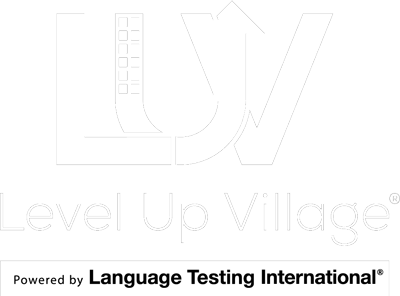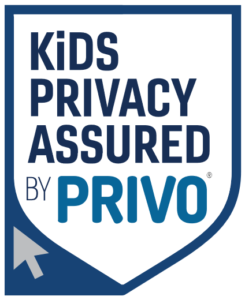The last virtual exchange I ran involved a video component. My students came up with some personal, authentic messages that they filmed confidently and completed rather handily. Then we had a chance to view what seven other schools created, and oddly enough, the students projected dismay, embarrassment, and envy.
“Wow, their video has so much production value,” one student exclaims.
“Wait, I didn’t know we had to add music and title cards and…and….subtitles!” another wails in abject lament.
They’re smitten by the simple magic of iMovie. It has the same kind of additions they might use to make a social media post on Instagram, Snapchat, or TikTok, but didn’t realize was a thing in our educational project.
But the subject has me torn both ways. Yes, our testimonial-style raw footage, unscripted, confessionals look like a neorealist Real World, but the other schools’ aerial montages, delightfully placid royalty-free stock music loops, surgical white typeface, and superimposed title cards feel so….impersonal… so contrived….so stock footage.
And yet my opinion, like the cheese, stands alone: in my student questionnaire, one of the common and salient polemics I read over and over again amounts to the regret that my students had not “worked together” so that they could have made a better, more professional production, “like the other schools did.”
What is the right balance between production value and authenticity when it comes to creating videos in a virtual exchange? Obviously, every institution will find a happy medium on that spectrum, based on their time and resources, the skill and talent of the participants, and the shared expectations of the organizers. However, the presence of increased production value can add communicative value to the exchange, or, if used incorrectly, make the message seem distant and impersonal.
Production as a Drawback
Of course, not all that glitters….well, you’re familiar with the adage. Much of the content our students normally produce for their social media streams we might consider high in production calories, but ultimately insipid junk food as far as communication goes. All the tricks of the communicative trade, designed to catch the attention of casual scrollers, do not necessarily guarantee any real worth or significance. Boomerangs, filters, animations, and the ability to edit video and photo media, write on top of it, and rearrange images has become insanely easy, with many of these functions embedded in social media apps.
And, yes, most of your students know how to do all of these things.
And, yes, your students will totally spend 10 minutes on a video and then 40 more on the accoutrements and the visual glitter.
However, won’t these gimmicks make their message feel like just that: social media?
Students might feel like a simple video of themselves speaking might seem too raw, too unproduced. However, while the addition of eye-catching novelties and ten-second trends might pacify insecurities for them, they unfortunately distract the viewers from the real heart of the encounter.
Unless, of course, we can use these same conventions as a learning moment….
Production as Intentionality
…wait, wait….are you asking me to make my students act with intention…to think about the why before they complete the what? What kind of sick monster are you?
That’s right. If your students might have more fun with the project by jazzing the whole thing up with a little creative spice—fine, but let’s steer them away from the mindless clipart and stock imagery that make the production value of social media easy and effectively garbage.
You want to add music to your video? What song might best represent your community, school, region, or nation? Is there an instrumental version of that song that sounds more like the kind of music you like to listen to?
You want a fancy montage of your school? What five locations would you have your virtual partner walk through to best experience your institution?
You want subtitles and title cards with fancy typefaces? What languages would you put them in?
There’s an opportunity here to teach your students about visual storytelling. I think there’s power and authenticity in a pared down, honest communication without the distractions that fill nearly every other screen at which we look.
However, if they want to add some flash in the pan, make sure there’s meat in there, too. If they want production, show them how to produce.
About Dan Pieraccini
Dan Pieraccini was born in Northern Italy, but was moved to the United States at the age of 6. Dan’s B.A. in English and M.A. in Italian literature have opened the door to over a decade of teaching high school and college students a second (and in some cases a first) language. It is likely that having traveled through 82 countries, 48 U.S. states, and three disputed territories somehow factored into the decision to make Dan Delbarton School’s first Director of Global Programs. In his spare time, he manages events at his local Elks Lodge, helps feed the hungry at a handful of food pantries, writes and performs rock and roll songs with his band Forget the Whale, plays in a Dungeons and Dragons game, and occasionally goes out to brunch.




